After back-to-back snow storms, we are now under a cold weather advisory for the next few days. Wind chill overnight was in the -30C range and is currently -21C. Plates of ice are floating down the Thames adding to the accumulating ice at the forks and narrowing the river channel.
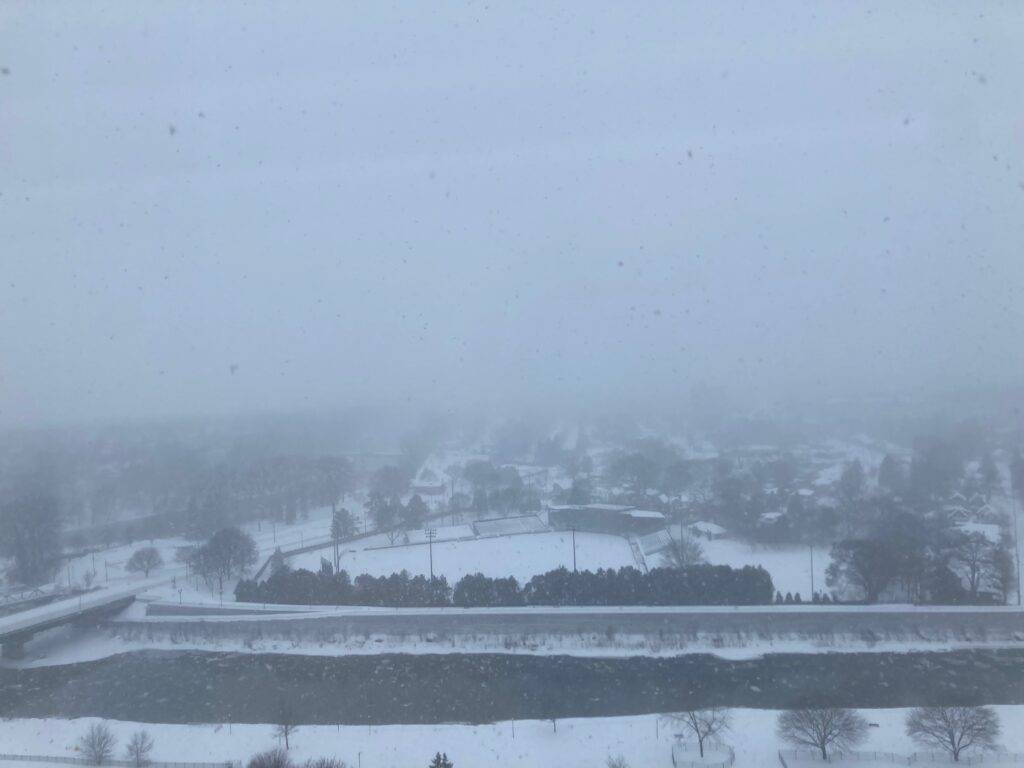


Panama Boat Tour
It is definitely time to return to Panama, even virtually!
The shallow, marshy area at the boat launch on the Chagras River was a perfect place to find water birds wading and walking across the vegetation.
A pair of Wattled Jacanas with their striped offspring and Purple Gallinule





The boat stayed close to shore for the mostpart, providing close views of the plant and animal life.


Because we were in Panama in February, during the dry season (mid-December to mid-April), the skies were clear. The dry season is when some deciduous trees lose their leaves. It is also the time that many plants and trees, especially those that depend on insect pollinators, come into bloom and start producing fruit. The timing of flowering and fruiting varies with the species of plants and their needs.
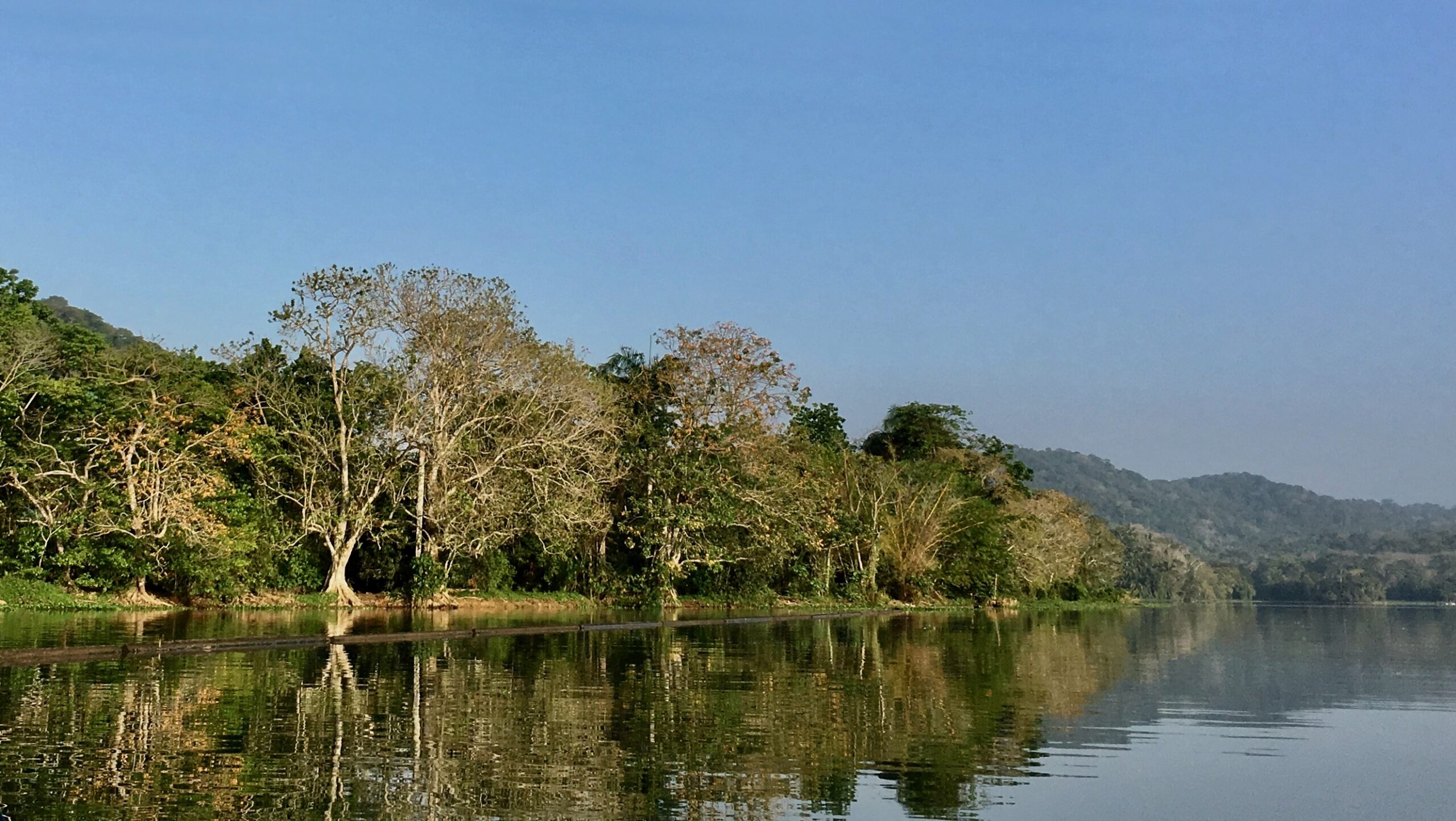
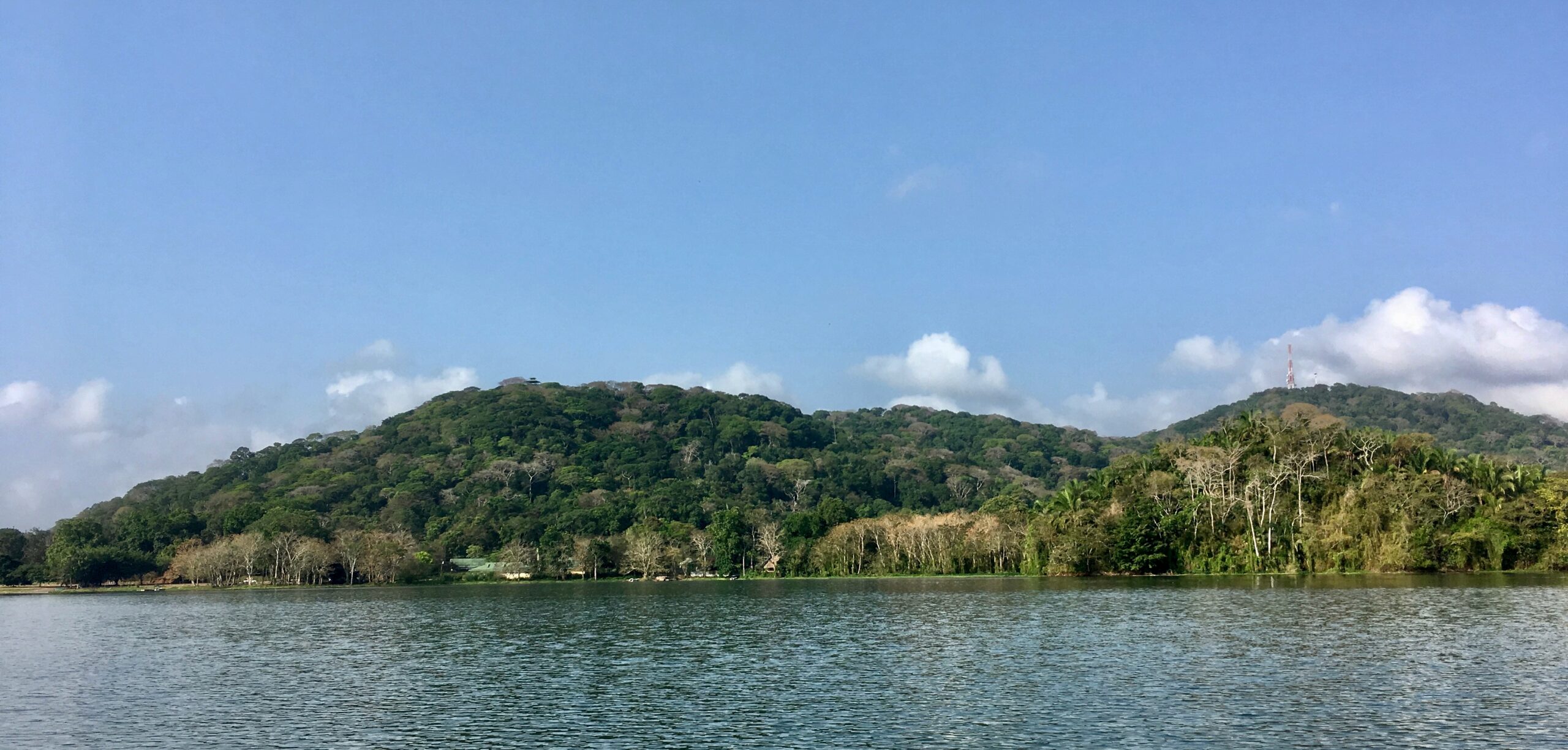
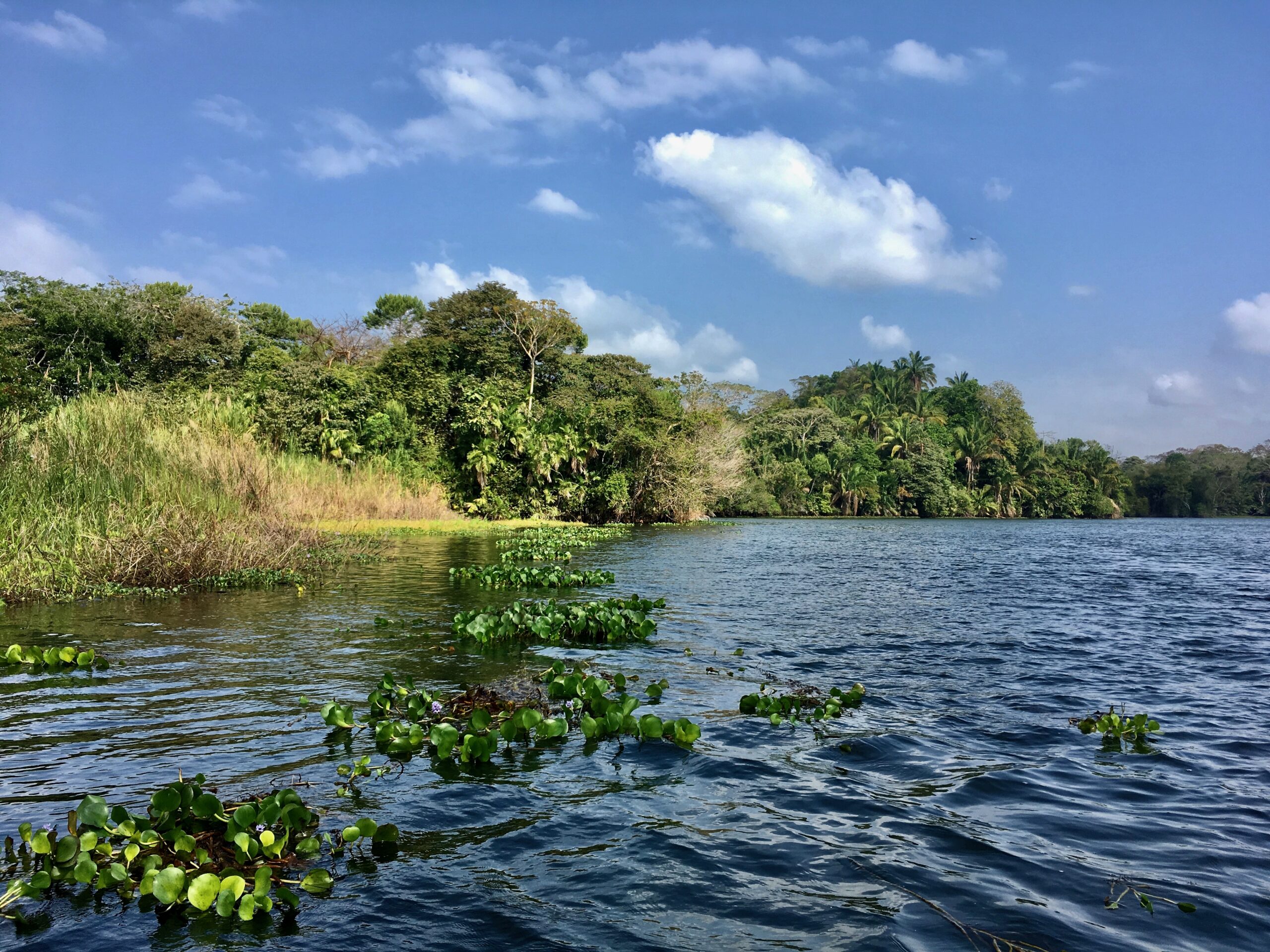
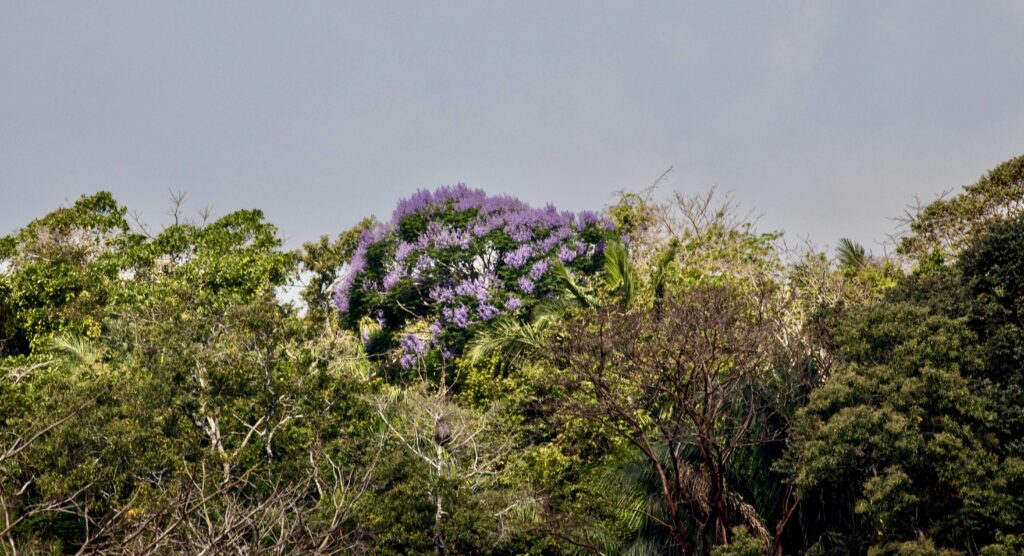
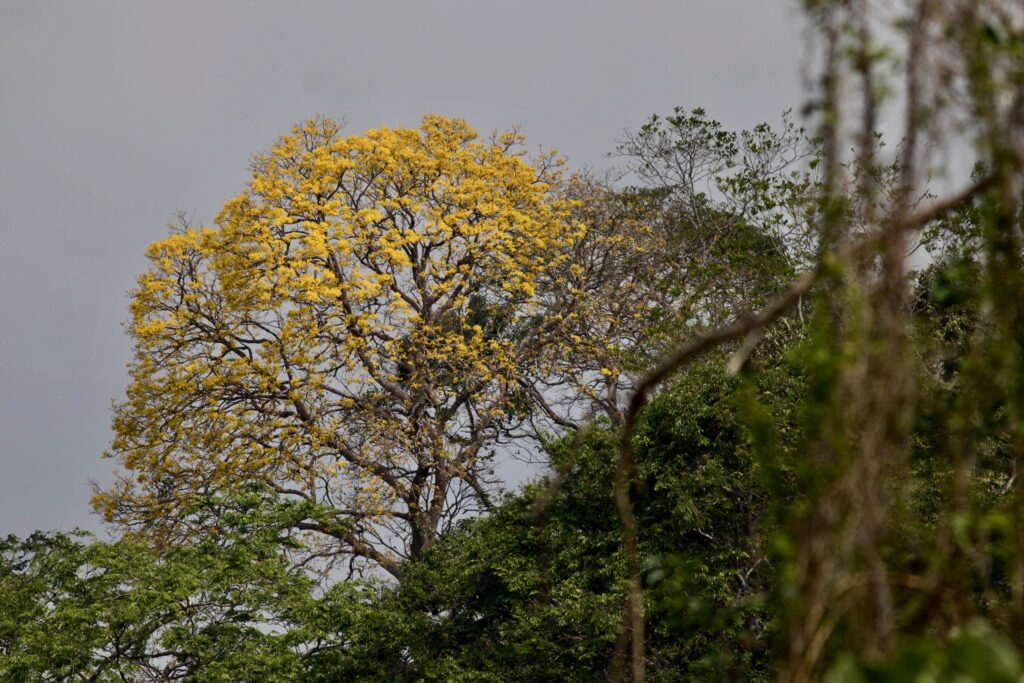
Some aquatic plants were also in bloom.



A variety of wading birds posed along the banks of the river and the lake.
A Tri-colored Heron and and a Little Blue Heron were bold enough to perch at the dock, perhaps waiting for fish from returning fishing expeditions.


Below: an immature Little Blue Heron (white plumage, greenish legs), a Great Blue Heron, a Limpkin and a Snowy Egret (black legs, yellow feet).
Limpkins are tropical wetland birds that feed on apple snails. Limpkins sighted recently at Point Pelee and Niagara Falls have caused quite a stir. They have dispersed even farther north at times, part of a trend noted in eBird.




Limpkins are not the only birds that feed on apple snails. Our tour boat entered an area of the lake with apple snails bobbing on the surface and Snail Kites diving to pick them out of the water. The kites then carried the snails to a perch on a branch where they steadied the mollusks with their talons and pulled the snails from their shells with their beaks.


Another special stop along the way was to “monkey island” where a colony of Geoffroy’s tamarins were eager to collect bananas from those foolish enough to offer them. Our boat did not stay long in the chaos created by monkeys hopping onto boats full of people.


Spontanious encounters with wildlife along the way were much more satisfying.
White-faced Capuchin (note the yellow pollen on its nose), Variegated Squirrel,


Caiman (a member of the alligator family), Tropical Sliders (turtle)



Spiny-tailed Iguana, Green Iguana
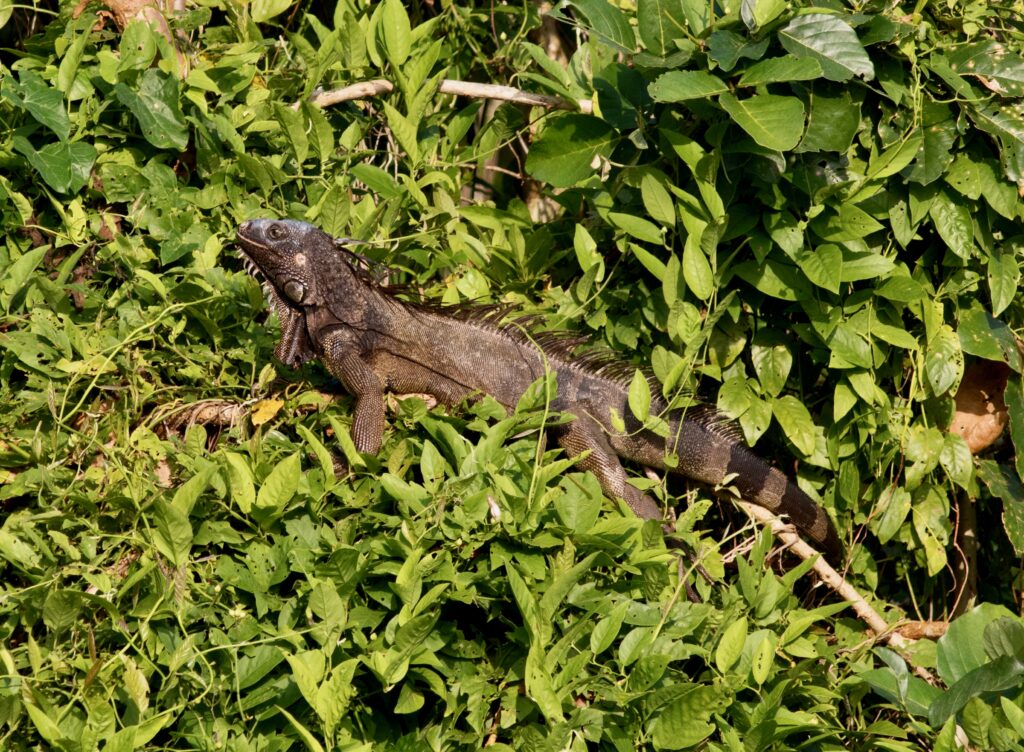

We came across only two duck species.
A female Ring-necked Duck wintering in Panama and a resident/tropical Masked Duck.


There was much interesting bird activity in the trees along the water:
Lineated Woodpecker, Ringed Kingfisher, American Pygmy Kingfisher
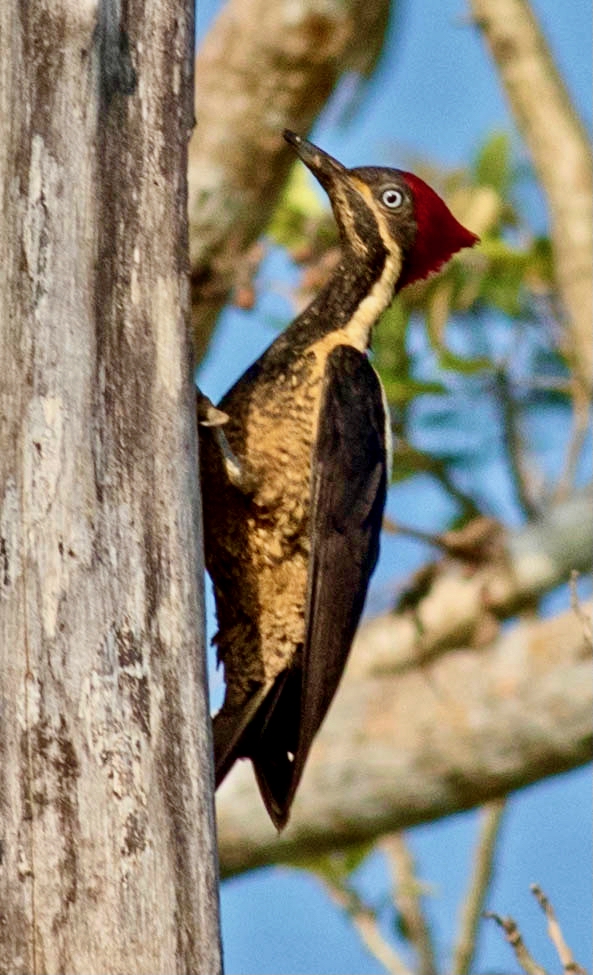


Yellow-rumped Caciques weaving nests.


A Black Vulture, preening, and a Rufescent Tiger Heron consuming a water snake.


All told, the morning’s tour was a rich and varied experience. As we headed back to our starting point, our boat took a faster, more direct route on Gatun Lake, along the route taken by cargo ships transiting the Panama Canal. The immensity of the ships compared to our tour boat was impressive and somewhat unnerving.


When our time at Canopy Tower was up, we couldn’t bear to leave Panama just yet. We moved a short distance to stay at the Canopy B and B for a few days to take in the sights on our own.
Valentine’s Day Flowers from Wandering Bee
These flowers were sourced from local Canadian growers since Wandering Bee doesn’t have the facilities for winter blooms.
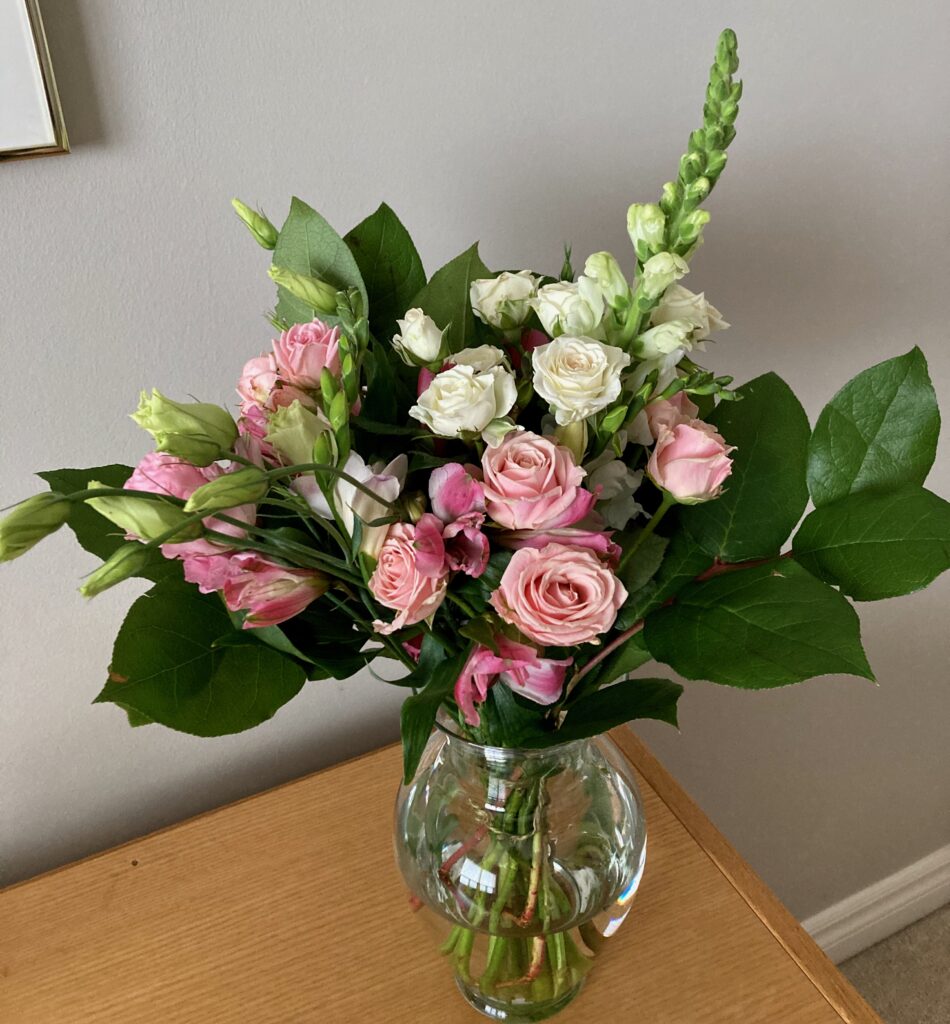
Songs of Hope
I hope these songs cheer you up.